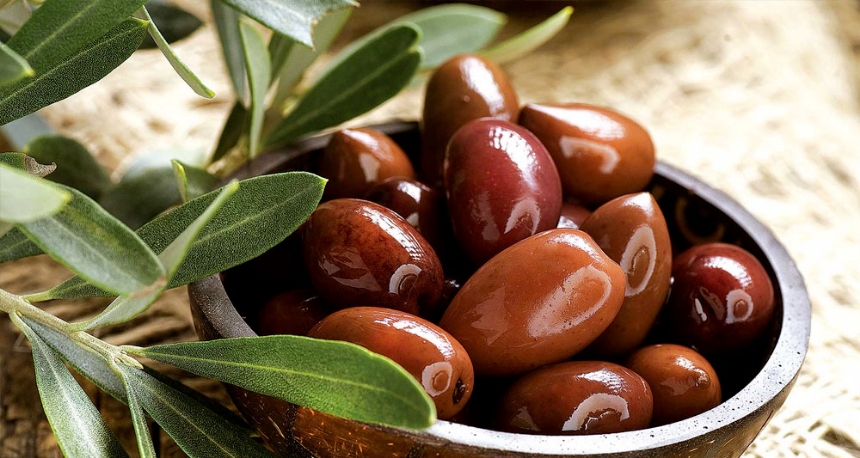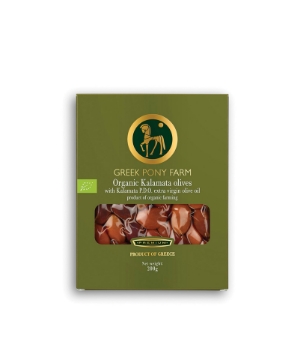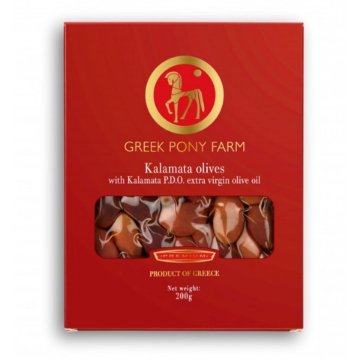
The Ultimate Guide to Kalamata Olives: A Journey from Greece to Your Kitchen
Kalamata olives, with their deep purple hue, plump flesh, and distinctive briny-fruity flavor, have captivated palates for centuries. Hailing from the sunny shores of Greece, these delectable olives have become a staple on tables worldwide. Whether enjoyed as a simple appetizer, incorporated into culinary creations, or savored alongside a glass of wine, Kalamata olives offer a taste of the Mediterranean that elevates any occasion.
This comprehensive guide delves into the fascinating world of Kalamata olives. We'll explore their history, unique characteristics, different preparation methods, and the countless ways to incorporate them into your meals. So, grab your favorite Kalamata olive and embark on a delicious journey!
A Bit of History: Kalamata Olives Through the Ages
The story of Kalamata olives is intricately woven with the rich tapestry of Greek history. Olive cultivation in Greece dates back millennia, with evidence suggesting its presence as early as 3500 BC. The region of Messinia, where Kalamata is located, has long been renowned for its olive production. The unique climate, characterized by warm, sunny days and cool nights, coupled with fertile soil, provides the perfect conditions for these prized olives to thrive.
The name "Kalamata" is synonymous with the region itself, and the exact origin of the Kalamata olive variety remains shrouded in mystery. However, historical records indicate their cultivation thrived in Messinia during the Byzantine era (330-1453 AD). These olives were not only a crucial part of the local diet but also a valuable export commodity, contributing to the region's economic prosperity.
Today, Kalamata olives remain a cornerstone of Greek culture and cuisine. They are a Protected Designation of Origin (PDO) product in the European Union, signifying their unique characteristics and deep connection to the Messinia region.
Unveiling the Allure: What Makes Kalamata Olives Special?
Kalamata olives stand out from the crowd with their distinctive appearance and flavor profile. Unlike green olives, which are harvested before maturity, Kalamata olives are allowed to ripen fully on the tree. This results in their characteristic deep purple to almost black color, a stark contrast to the greenish hues of their unripe counterparts.
The flesh of Kalamata olives is firm and meaty, with a pleasantly oily texture. But it's the taste that truly sets them apart. Kalamata olives boast a complex flavor profile that is both savory and slightly sweet. They have a pronounced brininess, a hallmark of the curing process, balanced by subtle fruity notes that hint at plum and blackberry. Additionally, a hint of smokiness is often present, depending on the curing method used.
Kalamata olives are also known for their versatility. Their robust flavor can hold its own in bold dishes, while their natural richness complements more delicate ingredients. Their firm texture makes them ideal for slicing, dicing, or stuffing, while their whole form adds a touch of elegance to charcuterie boards and antipasto platters.
A World of Preparation: Exploring Different Types of Kalamata Olives
The journey from grove to table for Kalamata olives involves several crucial steps, each influencing the final flavor and characteristics. Here's a closer look at the different preparation methods:
-
Brined Kalamata Olives: This traditional method involves curing the olives in a brine solution for several weeks or months. The salt draws out the bitterness and preserves the olives, resulting in the classic briny flavor Kalamata olives are known for. Some brined Kalamata olives may also be flavored with red wine vinegar or olive oil, adding further complexity to the taste profile.
-
Lye-Cured Kalamata Olives: This quicker method utilizes a lye solution to remove the bitterness from the olives. The olives are then soaked in water to remove the lye residue before being brined or packed in olive oil. Lye-cured Kalamata olives tend to have a milder brininess compared to their brined counterparts.
-
Oil-Cured Kalamata Olives: After curing, Kalamata olives can be packed in high-quality olive oil, often infused with herbs and spices like garlic, oregano, or rosemary. These olives offer a richer flavor profile and a luxurious texture, making them a gourmet delight.
-
Stuffed Kalamata Olives: Kalamata olives can be pitted and stuffed with various ingredients, such as feta cheese, red peppers, or pimentos. This adds a delightful textural contrast and a burst of additional flavor, making them perfect for appetizers or party platters.
A Culinary Canvas: How to Use Kalamata Olives in Your Kitchen
Kalamata olives are far more than just a simple snack. Their versatility allows them to shine in a variety of culinary applications. Here are some inspiring ways to incorporate them into your meals:
- Appetizers: Showcase Kalamata olives on a charcuterie board alongside cured meats


